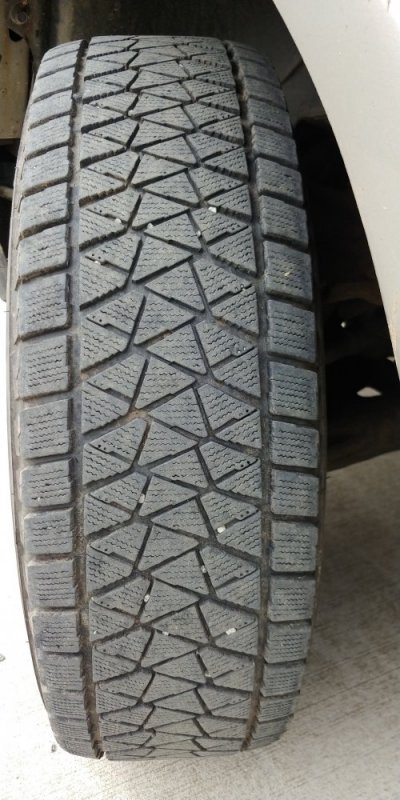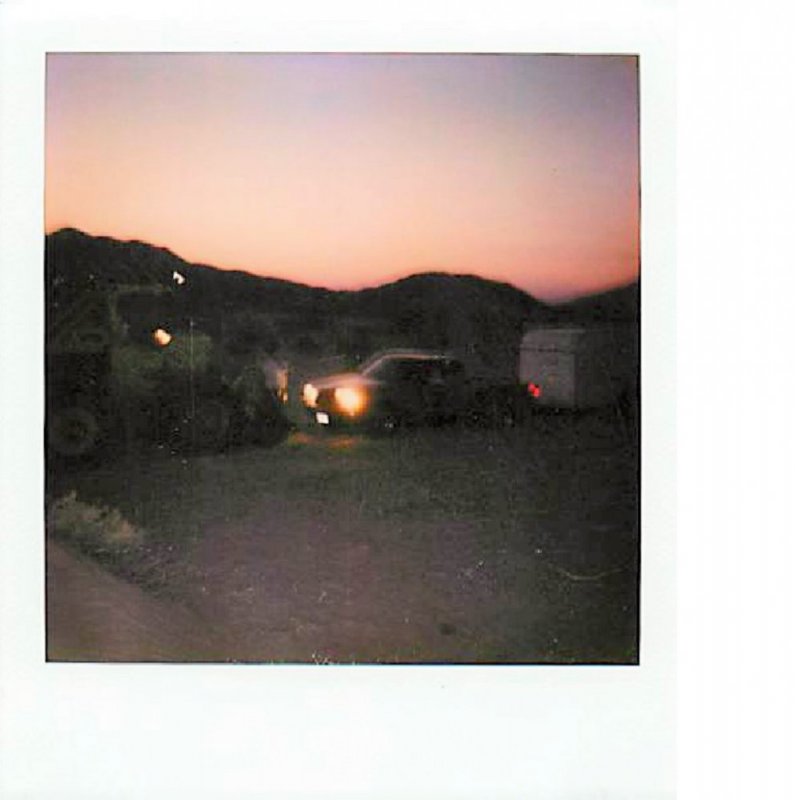AngeloGibson
New Member
- Messages
- 11
- Reaction score
- 8
Hi everybody,
I've been a truck driver for quite some time. My job has to be away from home, and I rarely get to go home. In about a week I have a trip into a place with a lot of snow. I'm worried that my two-wheeled truck won't work in the snow. Anyone who knows the answer you can tell me?
Thanks everyone.
I've been a truck driver for quite some time. My job has to be away from home, and I rarely get to go home. In about a week I have a trip into a place with a lot of snow. I'm worried that my two-wheeled truck won't work in the snow. Anyone who knows the answer you can tell me?
Thanks everyone.


